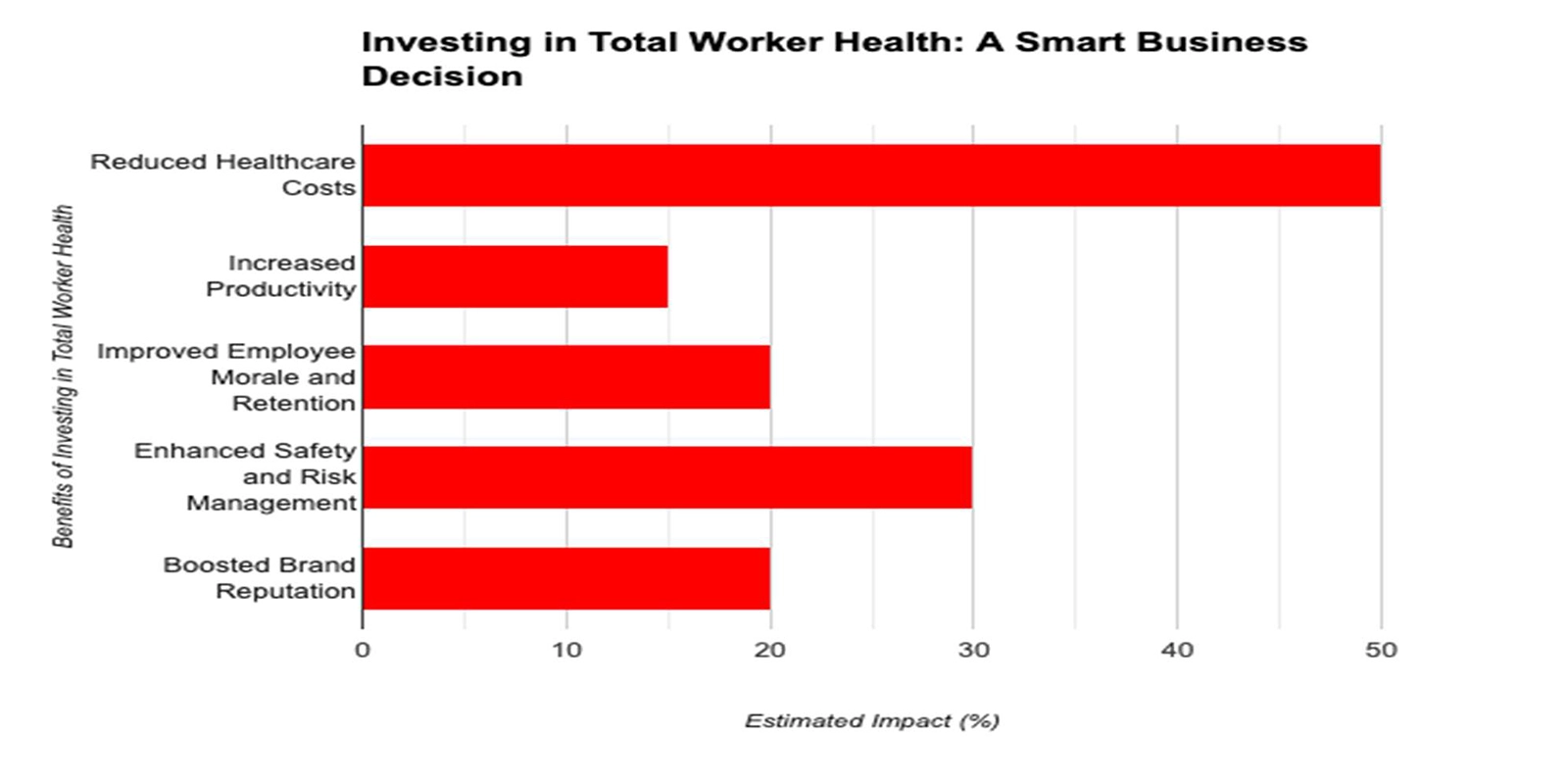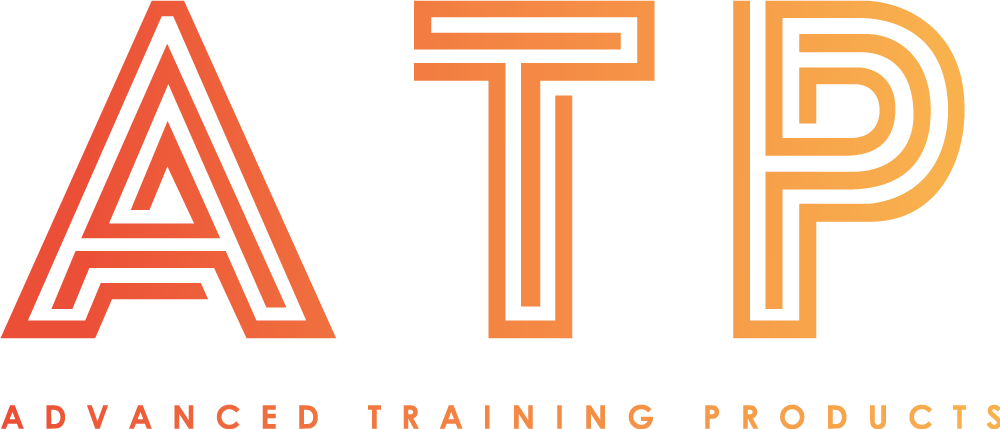White Papers and Press Releases
At Advanced Training Products, we're committed to empowering organizations with the knowledge and tools they need to create safer, healthier workplaces. Our thought leadership resources provide valuable insights into a range of topics, including:
- Total Worker Health® initiatives
- Workplace impairment prevention
- Reasonable suspicion protocols
- Cannabis legalization and its impact on the workplace
Stay informed and stay ahead with our expert analysis and actionable advice.
Keep up with the latest industry news through our press releases below.
Total Worker Health® (TWH): A Holistic Approach to Enhancing Workplace Safety and Well-being
In the pursuit of organizational success, workplace safety remains a paramount concern. While traditional safety programs have focused on hazard elimination and control, Total Worker Health® (TWH) offers a comprehensive approach that encompasses physical, mental, and social factors to promote worker well-being and enhance workplace safety.
By actively identifying and addressing physical and psychosocial hazards, promoting safe work practices with training and resources, and fostering open communication about safety concerns, a Total Worker Health® (TWH) approach cultivates a safer and healthier work environment.
Embracing TWH transcends traditional safety measures, adopting a holistic approach that addresses physical, mental, social, and financial well-being. This includes initiatives like wellness programs promoting healthy habits, exercise, and stress management; ergonomic assessments identifying and addressing physical hazards; financial literacy workshops empowering employees to manage finances; and mental health support offering access to counseling and employee assistance programs.
Total Worker Health® (TWH) offers a comprehensive and holistic approach to workplace safety, promoting a culture of well-being, reducing accidents and injuries, and enhancing overall organizational performance. By integrating TWH principles into safety protocols, training programs, and data-driven decision-making, organizations can foster a safer, healthier, and more productive work environment.
Certain states like New Jersey have established the role of the Workplace Impairment Recognition Expert ("WIRE") to help address these issues. Advanced Training Products offers an innovative solution: WIRE Certified Training™ - mitigate operational risks with Advanced Training Products' interactive program. Our free online tool empowers you to build accountability, effortlessly recognize impairment, conduct assessments, and document findings, safeguarding your workforce's well-being and driving business success. Contact us today and invest in your most valuable asset - your people!
Promoting a Culture of Safety Awareness
TWH initiatives can effectively cultivate a culture of safety awareness, hazard identification, and risk prevention by:
- Integrating safety into TWH training: Incorporating safety awareness training into TWH programs, educating employees about potential hazards and safe work practices.
- Encouraging employee participation: Actively involving employees in safety initiatives, empowering them to identify hazards, suggest improvements, and promote a culture of safety.
- Recognizing safe behaviors: Rewarding and recognizing employees who consistently exhibit safe behaviors, reinforcing positive safety practices throughout the organization.
Integrating TWH into Safety Protocols and Training
TWH principles can be seamlessly integrated into workplace safety protocols and training programs by:
- Assessing safety risks through a TWH lens: Evaluating workplace safety risks from a TWH perspective, considering both physical and psychosocial factors that could contribute to accidents.
- Tailoring safety training to TWH principles: Developing safety training programs that incorporate TWH concepts, addressing the impact of physical and mental health on safety performance.
- Incorporating TWH resources into safety programs: Providing employees with access to TWH resources, such as stress management programs and mental health support services, to promote overall well-being and reduce safety risks.
Utilizing TWH Data for Continuous Improvement
TWH data can be effectively utilized to identify safety trends, target interventions, and continuously improve safety performance by:
- Tracking safety incidents and trends: Analyzing safety incident data to identify trends, patterns, and potential root causes of accidents and injuries.
- Evaluating the effectiveness of interventions: Assessing the impact of TWH interventions on safety outcomes, measuring reductions in accidents, injuries, and illnesses.
- Informing future safety initiatives: Utilizing TWH data to inform the development and implementation of future safety initiatives, targeting areas of greatest risk and potential for improvement.
Impact on Safety, Profitability, and Overall Performance
TWH initiatives can have a significant positive impact on safety, profitability, and overall organizational performance by:

- Reducing workplace accidents and injuries: A healthy and well-being workforce is less likely to experience accidents and injuries, leading to lower workers' compensation costs and reduced downtime.
- Enhancing productivity: Employees who are physically and mentally healthy are more likely to be productive and engaged, leading to increased output and efficiency.
- Improving employee retention: A commitment to TWH can reduce employee turnover and improve retention rates, saving the company the costs associated with recruitment and training new employees.
- (Burnout, self-rated general health and life satisfaction among teachers and other academic occupational groups, 2023)Boosting morale and company image: A positive and supportive work environment can boost employee morale and enhance the company's image as an employer that values its workforce.
Works Cited
Burnout, self-rated general health and life satisfaction among teachers and other academic occupational groups. (2023, August 11). Retrieved December 2023, from NIH National Library of Medicine: https://www.ncbi.nlm.nih.gov/pmc/articles/PMC10451082/
Making the Business Case for Total Worker Health. (2021, August). Retrieved December 2023, from Centers for Disease Control and Prevention: https://www.cdc.gov/niosh/twh/business.html
Workplace Health Promotion: Survey Data. (2017). Retrieved December 2023, from Centers for Disease Control and Prevention: https://www.cdc.gov/workplacehealthpromotion/survey/data.html

